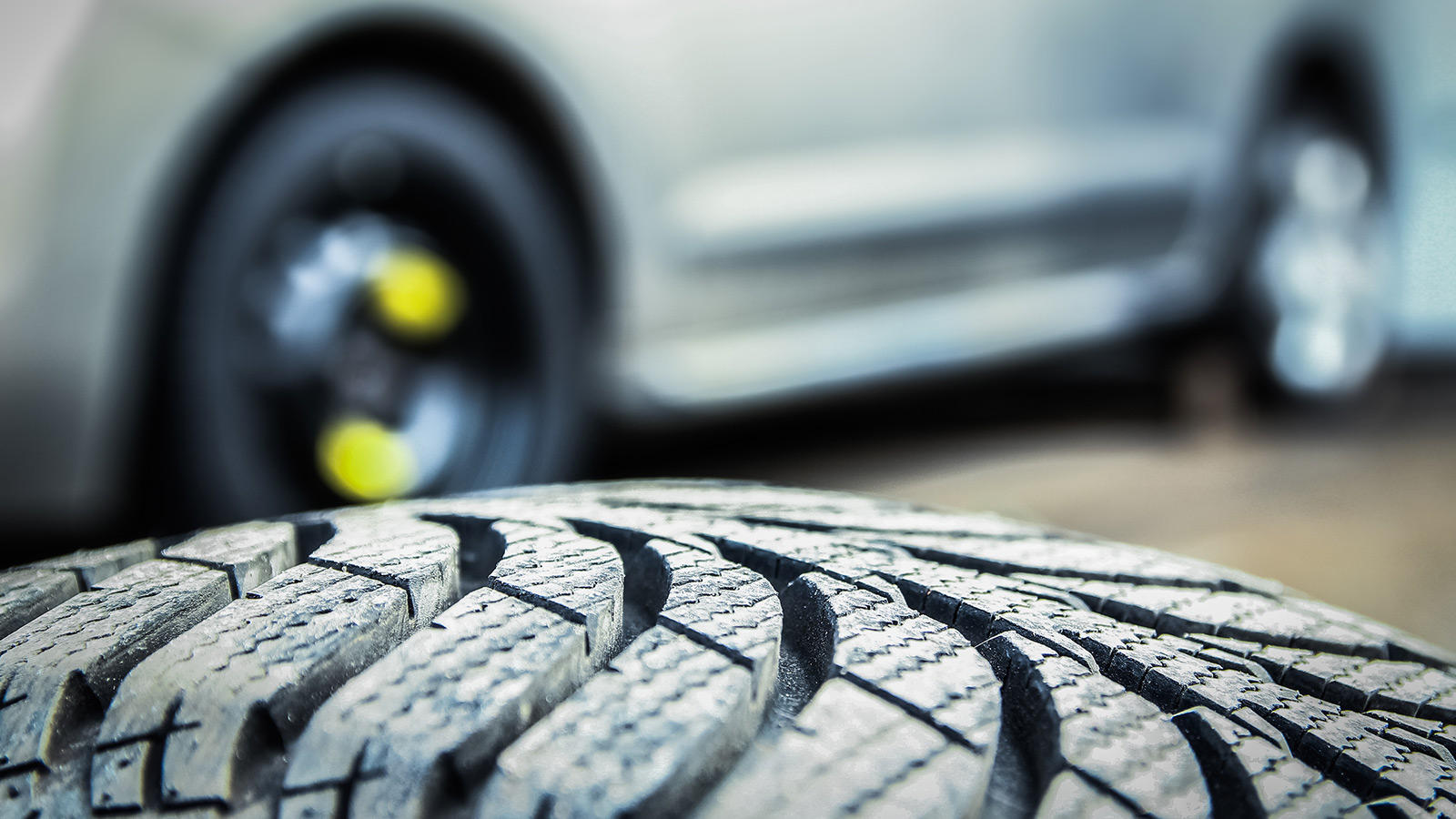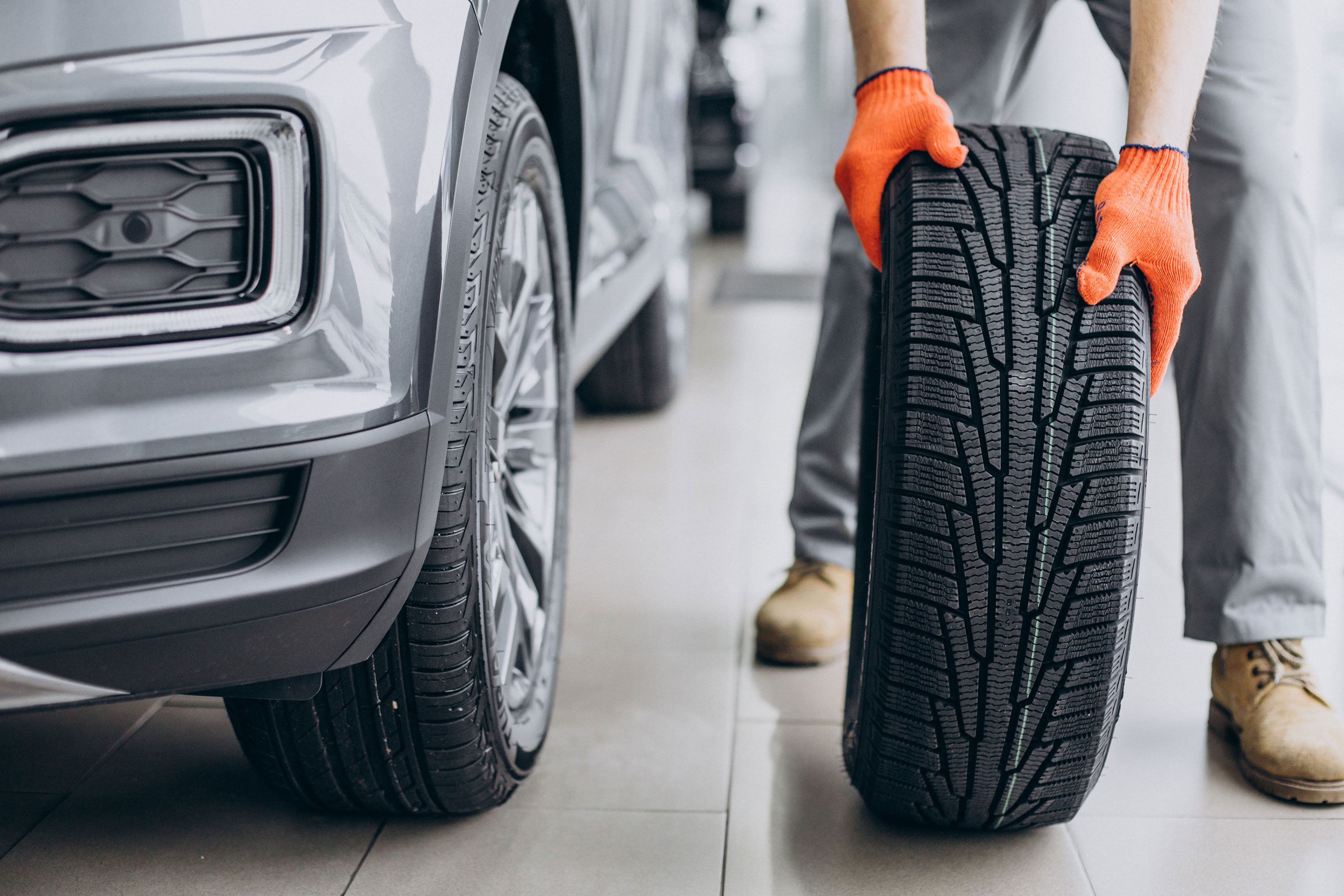All Categories
Featured
Table of Contents
The Michelin provided a comfy driving experience, characterised by receptive steering and a progressive understeer equilibrium. Regardless of the cooler testing problems, Michelin's constant time and grasp over 3 laps suggests its viability for real-world applications. On the other hand, Yokohama's efficiency was distinctive. While its super-quick steering caused a fast front axle turn, the rear revealed a tendency to turn a lot more.
The tire's initial lap was a 2nd slower than the second, aiming to a temperature-related grip rise. For daily use, the Michelin might be a safer wager.
Tyre Safety Checks – Balga WA
It shared Michelin's risk-free understeer equilibrium yet lacked the latter's determination to turn. Continental and Goodyear's efficiencies were significant, with Continental's new PremiumContact 7 showing a substantial improvement in damp problems contrasted to its predecessor, the PC6. This model was much less conscious load adjustments and acted a lot like the Michelin, albeit with slightly less interaction at the limitation.
It incorporated the risk-free understeer balance of the Michelin and Continental with some flashy handling, proving both predictable and fast. As an all-rounder for this Golf GTI, Goodyear's Crooked variety was the standout, showing excellent efficiency in the wet. The Bridgestone Potenza Sporting activity took the crown as the fastest tire, albeit by a little margin.
This tyre obtained grippier as it heated up, similar to the Yokohama. Drivers looking for an interesting wet drive might discover this tyre worth taking into consideration. The standout entertainer in wet braking was the newest tyre on examination, the PremiumContact 7, though the outcomes are nuanced. We conducted damp stopping examinations in 3 different ways, twice at the brand-new state and once at the used state.
Affordable All-season Tyres Near Me (Balga)
Preferably, we wanted the cool temperature level examination to be at around 5-7C, yet logistical hold-ups indicated we tested with a typical air temperature level of 8C and water at 12C. While this was cooler than common examination problems, it was still warmer than real-world problems. The warm temperature level test was done at a standard of 18C air and 19C water.
The third run entailed damp stopping tests on worn tyres, especially those machined to 2mm with a small run-in. While we intended to do more with these used tires, climate restrictions restricted our testing. Nonetheless, it's worth noting that wet stopping is most critical at the used state, as tires usually boost in dry conditions as they use.

Bridgestone, Goodyear, and Michelin saw the least efficiency decrease when put on. The Hankook tyre registered the smallest efficiency drop as temperature levels cooled down, yet it was among the most affected when worn.
Honest Low-cost Tyres Near Me
The take-home message right here is that no solitary tyre mastered all elements of wet stopping, indicating a complex interaction of factors influencing tyre performance under different problems. There was a standout tire in aquaplaning, the Continental completed top in both straight and rounded aquaplaning, with the Michelin and Goodyear additionally great in deeper water.

Yokohama can benefit from a little more grasp, a concern possibly influenced by the colder conditions. As for handling, all tyres performed within a 2% range on the lap, showing their high-quality efficiency (Tyre rotation services). Taking into consideration these tires basically target the exact same customer, it's intriguing to observe the significant distinctions in feel.
The shock is due to the fact that the PremiumContact 6 was one of my favourites for stylish dry drives, yet its successor, the PremiumContact 7, seems much more mature and resembles Michelin's performance. Among these, Hankook was the least precise in guiding and communication at the restriction. Tyre shop services. Both Michelin and Continental used lovely preliminary guiding, albeit not the fastest
If I were to suggest a tire for a fast lap to a novice, state my daddy, it would be among these. We have the 'fun' tyres, namely Yokohama and Bridgestone. Both were speedy to guide and felt sportier than the others, however the trade-off is a more playful back end, making them a lot more challenging to deal with.
Honest Discount Tyres Near Me
It provided comparable guiding to Bridgestone but used much better feedback at the limitation and far better grasp. The Bridgestone Potenza Sport, however, seemed to weaken rather swiftly after simply three laps on this requiring circuit. There's Goodyear, which positioned itself someplace between the enjoyable tyres and those having a tendency in the direction of understeer.
In conclusion, these tyres are superb performers. For roadway usage, I 'd lean in the direction of either the Michelin or Goodyear, depending on your specific preferences. In terms of tire wear, the method made use of in this examination is what the industry describes as the 'gold requirement' of wear. The wear professionals at Dekra conducted this test, which involved a convoy of autos passing through a meticulously prepared path for 12,000 kilometres.
Both the Bridgestone and Yokohama tyres significantly underperformed in comparison to the other four tyres in regards to rolling resistance, with Continental a little exceeding the remainder. Pertaining to the comfort level of the tires, as expected, many showed an inverse relationship with handling. The Continental, Michelin, and Goodyear tyres carried out ideal throughout different surface types checked.

Bridgestone began to reveal indicators of suppleness, while Yokohama was particularly rough over holes. We did determine internal noise levels; nevertheless, as is commonly the case, the outcomes were closely matched, and as a result of weather restrictions, we were not able to perform a subjective evaluation of the tyres sound. We looked at abrasion figures, which gauge the amount of tyre walk lost per kilometre, normalised to a one-tonne lorry.
Wheel Alignment Near Me (Balga)
This figure represents the amount of rubber dust your tyres create while driving. Michelin led in this category, producing over 9% less rubber particle issue. On the other hand, Hankook produced 32% more. This is an element I believe the market should concentrate on even more in the future, and it's something Michelin is promoting.
Latest Posts
Tyre Rotation Services
Trusted Tyre Checks – Noranda
Affordable High-quality Tyres Near Me